Introduction
A term that is used by a number of different people or discourse communities may develop multiple definitions that serve the purposes or reflect the particular values of each individual person or community (see “multiple”). But as technologies evolve and the composing practices in response to those technologies proliferate, people may find that the terms they had been using become limited in their ability to name all the possibilities and textual practices now available.
As the limitations of terms become apparent, we develop new terms or adapt existing terms to address the attributes or practices that have not been addressed by the established terms. An example of the development of a new term is the coining of the term multimodal by the New London Group (including Gunther Kress) which happened in response to the inability of the existing term multimedia to address the semiotic resources used in the production of a text. An example of the adaptation of an existing term is the term new media, which has been in use for many years, but which has seemed to take on new meaning in a post-2007 smart phone world to address the lack of emphasis on distribution and consumption that a term like multimodal isn't able to address.
We can witness the more recently-identified limitations of a term like multimodal further by examining the interviews of scholars who contributed in 2007, and those who contributed in 2008 and 2010, after the release of the iPhone (June 2007), App store (July 2008), and iPad (April 2010), and the proliferation of Web 2.0 technologies such as Twitter and Facebook. Scholars who were interviewed after the proliferation of these technologies seem to make clearer distinctions between terms like new media and multimodal and the place the each has in the larger technological and compositional landscape, whereas those scholars interviewed in 2007 (pre-iPhone) seemed to prefer using one term whole scale over another. Scholars who were interviewed post-2007 tend to discuss new media more frequently and more in terms of new sites of production, distribution, and circulation for digital texts. Rather than a new media text being discussed in terms of its features, as it was in 2007, it is discussed in later interviews in terms of its circulation and distribution. And as new media fills this niche, it recasts what we consider to be a multimodal text and limits the scope of that term as entirely devoted to the semiotic channels or resources that are use to compose a text (which do not include its distribution or circulation). In the early interviews it seemed to be more about choosing between multimodal and new media to describe the new kinds of texts students were producing. But in the later interviews it was no longer a question of either/or but of defining the limited scope for each (composition for multimodal and circulation for new media).
The first excerpt included here is from a fall 2008 interview with Jason Palmeri. The next four excerpts are from 2010 interviews with Anne Wysocki and Gunther Kress. Each of these scholars discuss multimodal as describing the features of the text itself, while new media is concerned with how texts circulate and are consumed. These distinctions were not made in any of the interviews conducted in 2007 (though may very well be made by those participants if asked today). This shift illustrates the limitations of terms that develop as they evolve, and the living, changing nature of terms and their definitions.
A term that is used by a number of different people or discourse communities may develop multiple definitions that serve the purposes or reflect the particular values of each individual person or community (see “multiple”). But as technologies evolve and the composing practices in response to those technologies proliferate, people may find that the terms they had been using become limited in their ability to name all the possibilities and textual practices now available.
As the limitations of terms become apparent, we develop new terms or adapt existing terms to address the attributes or practices that have not been addressed by the established terms. An example of the development of a new term is the coining of the term multimodal by the New London Group (including Gunther Kress) which happened in response to the inability of the existing term multimedia to address the semiotic resources used in the production of a text. An example of the adaptation of an existing term is the term new media, which has been in use for many years, but which has seemed to take on new meaning in a post-2007 smart phone world to address the lack of emphasis on distribution and consumption that a term like multimodal isn't able to address.
We can witness the more recently-identified limitations of a term like multimodal further by examining the interviews of scholars who contributed in 2007, and those who contributed in 2008 and 2010, after the release of the iPhone (June 2007), App store (July 2008), and iPad (April 2010), and the proliferation of Web 2.0 technologies such as Twitter and Facebook. Scholars who were interviewed after the proliferation of these technologies seem to make clearer distinctions between terms like new media and multimodal and the place the each has in the larger technological and compositional landscape, whereas those scholars interviewed in 2007 (pre-iPhone) seemed to prefer using one term whole scale over another. Scholars who were interviewed post-2007 tend to discuss new media more frequently and more in terms of new sites of production, distribution, and circulation for digital texts. Rather than a new media text being discussed in terms of its features, as it was in 2007, it is discussed in later interviews in terms of its circulation and distribution. And as new media fills this niche, it recasts what we consider to be a multimodal text and limits the scope of that term as entirely devoted to the semiotic channels or resources that are use to compose a text (which do not include its distribution or circulation). In the early interviews it seemed to be more about choosing between multimodal and new media to describe the new kinds of texts students were producing. But in the later interviews it was no longer a question of either/or but of defining the limited scope for each (composition for multimodal and circulation for new media).
The first excerpt included here is from a fall 2008 interview with Jason Palmeri. The next four excerpts are from 2010 interviews with Anne Wysocki and Gunther Kress. Each of these scholars discuss multimodal as describing the features of the text itself, while new media is concerned with how texts circulate and are consumed. These distinctions were not made in any of the interviews conducted in 2007 (though may very well be made by those participants if asked today). This shift illustrates the limitations of terms that develop as they evolve, and the living, changing nature of terms and their definitions.
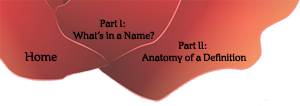
 Terms as terministic screens (2008)
Terms as terministic screens (2008)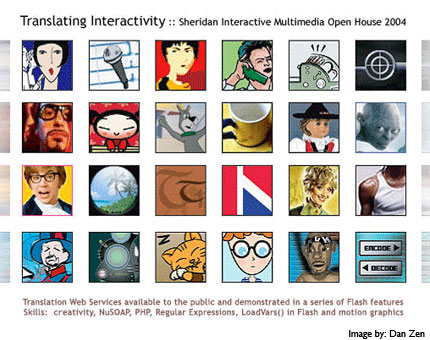 Multimodal vs. new media (2010)
Multimodal vs. new media (2010)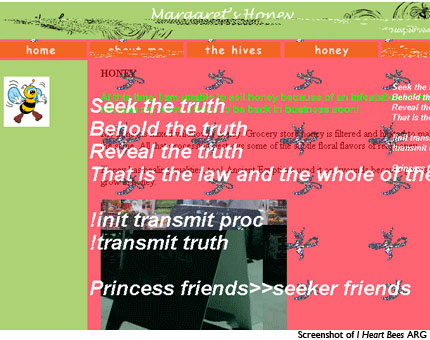 Compelling nature of new media (2010)
Compelling nature of new media (2010)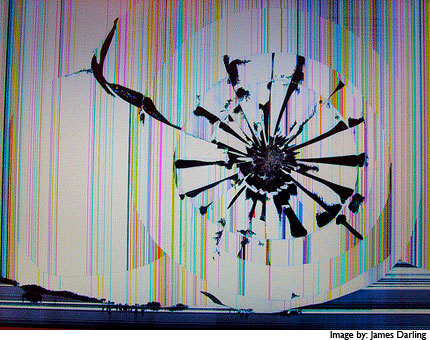 Site of appearance and resource for production (2010)
Site of appearance and resource for production (2010)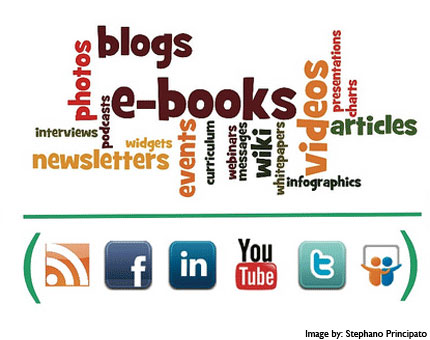 Limitation of multimedia (2010)
Limitation of multimedia (2010)